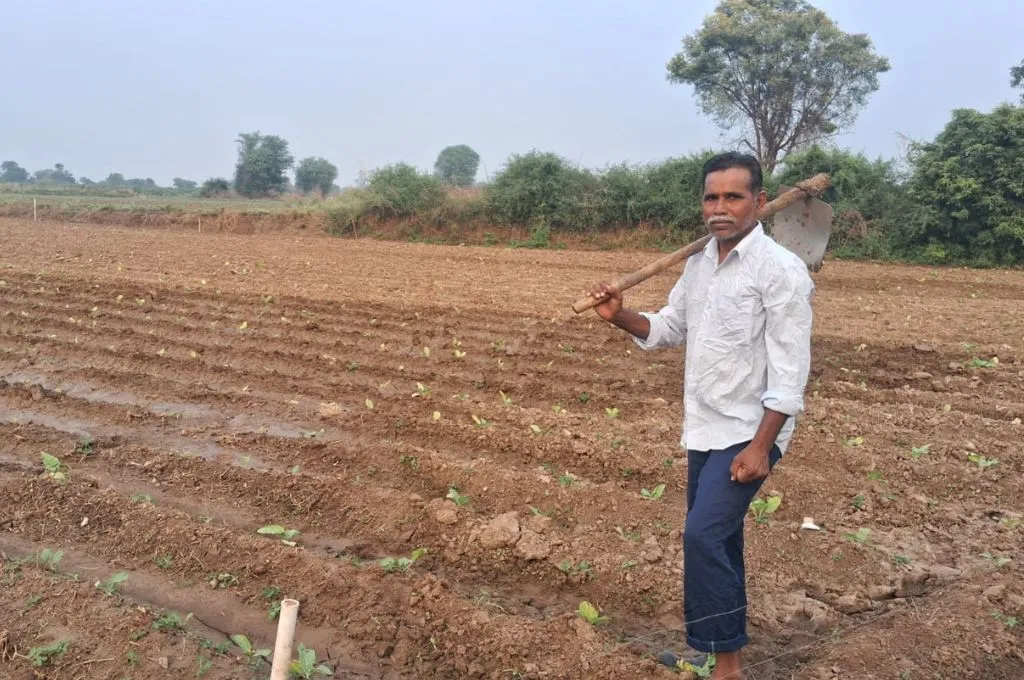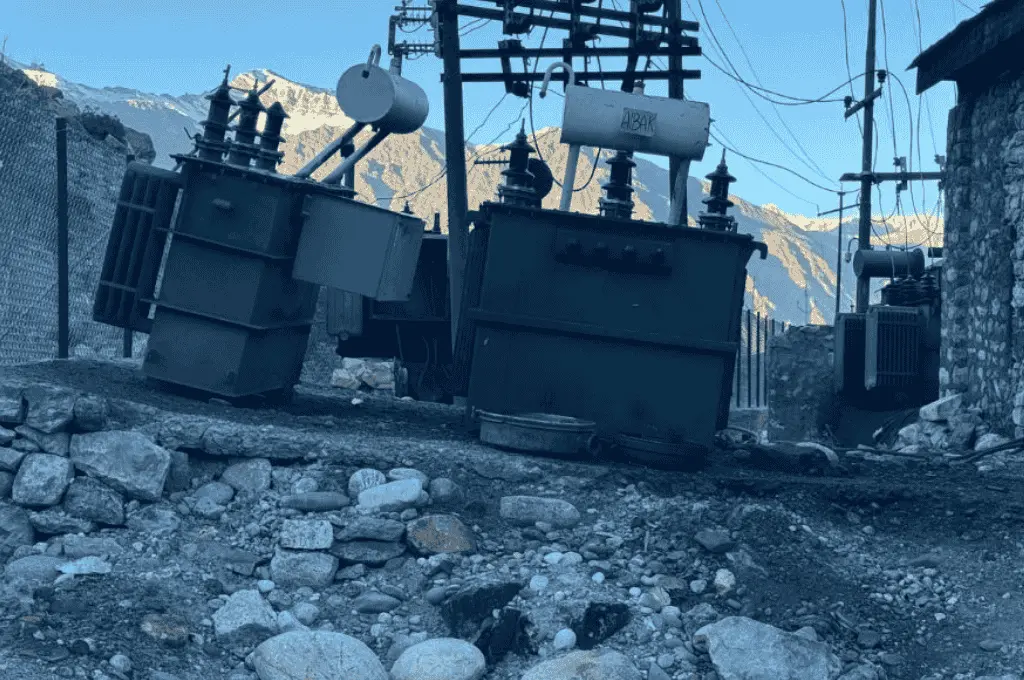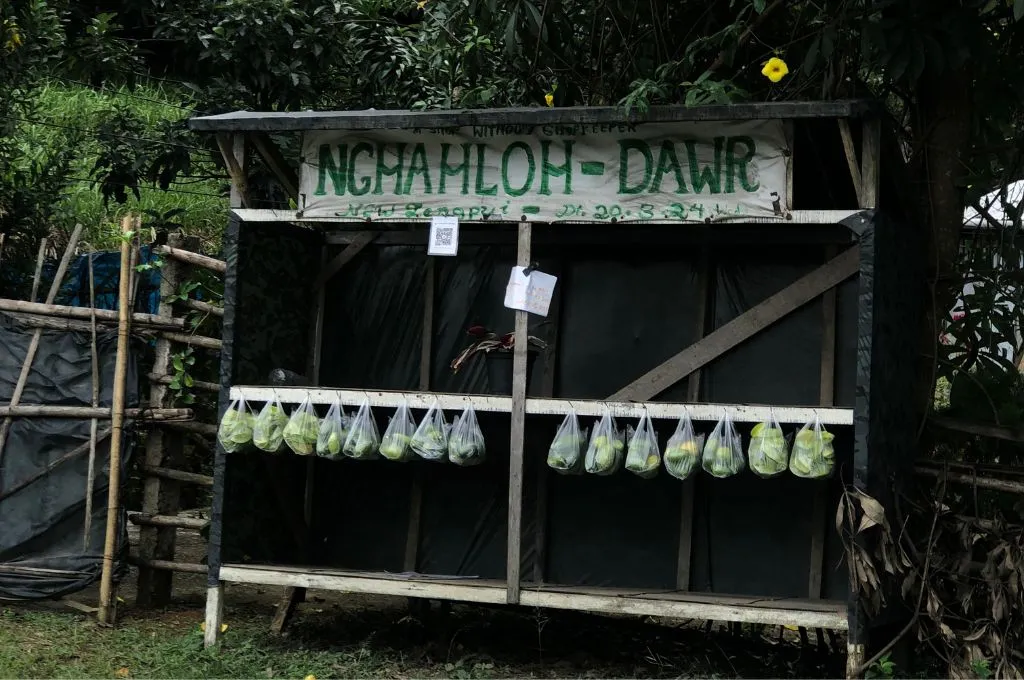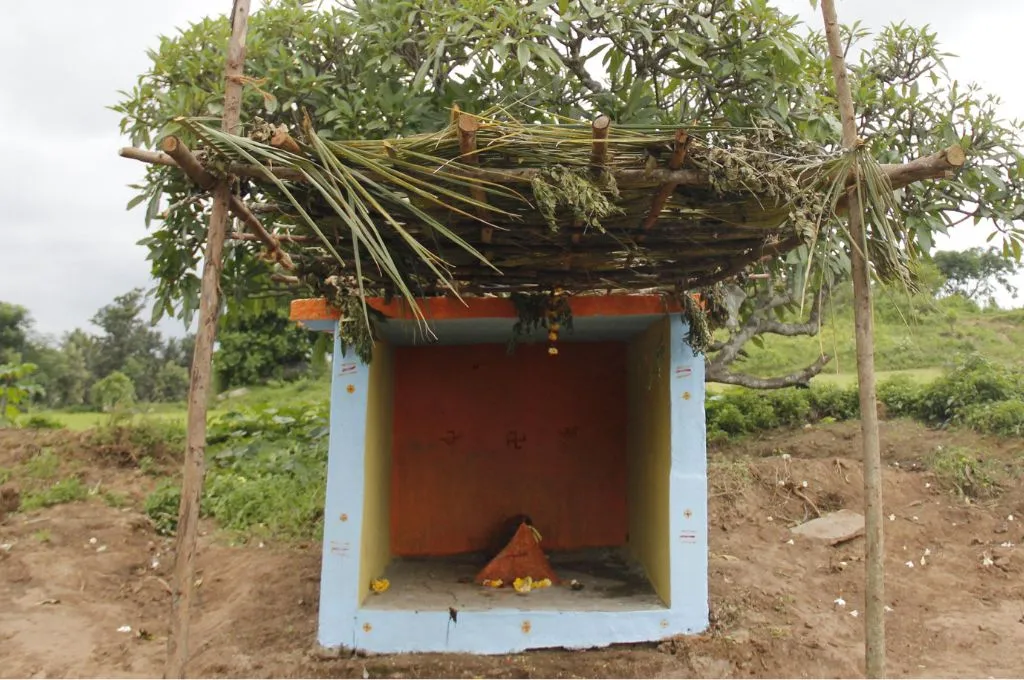READ THIS ARTICLE IN
Rain in the desert: Why a greener Jaisalmer isn’t good news for all
Over the years, rainfall in Rajasthan has become unpredictable. Earlier there would be four months of continuous rain (known as chaumasa) from late June to September; now, the monsoon is delayed, and when it rains it floods. On one hand, winter monsoon—15 to 20 days of rain during winter—has all but vanished. On the other, the Thar desert area is experiencing frequent floods, and districts such as Jaisalmer are now greener than one would expect a desert to be. Shifts such as these have changed the cropping and eating patterns of the communities.
Traditionally, communities living in the Jaisalmer district have grown chana in khadins (an indigenous system designed to harvest surface water for agriculture) during the winter season. Chana crop relies on brief showers during the winter monsoon, and extreme rainfall is detrimental to its growth. Therefore, with the change in Jaisalmer’s climate and the establishment of irrigation canals, chana is declining in popularity and wheat has emerged as the winter crop of choice as it is more water intensive than chana. Nowadays, in Jaisalmer, people are using borewells and tube wells to irrigate wheat fields despite long-term repercussions such as groundwater depletion. In fact, it is not unusual to see borewells dug as deep as 600 to 1,200 feet.
Besides wheat, communities have turned to cash crops that were nearly absent in these areas. Today, farmers’ markets in Jaisalmer are full of crops such as groundnut and onion. Wheat, onion, and cotton have taken over the market and replaced traditional food crops such as bajra (pearl millet). The unexpected rainfall patterns have also led to certain varieties of food going off the table. Orans (sacred groves) used to be full of wild grasses such as sewan and tumba that grew during the monsoon, and communities would use the grains of the sewan grass to prepare roti. But this is not the case any more because there is not enough time for the grasses to grow.
Aman Singh is the founder of Krishi Avam Paristhitiki Vikas Sansthan (KRAPAVIS), a grassroots nonprofit in Rajasthan.
—
Know more: Learn about the reason behind the frequent forest fires in Odisha.
Do more: Connect with the author at krapavis.oran@gmail.com to learn more about and support his work.




